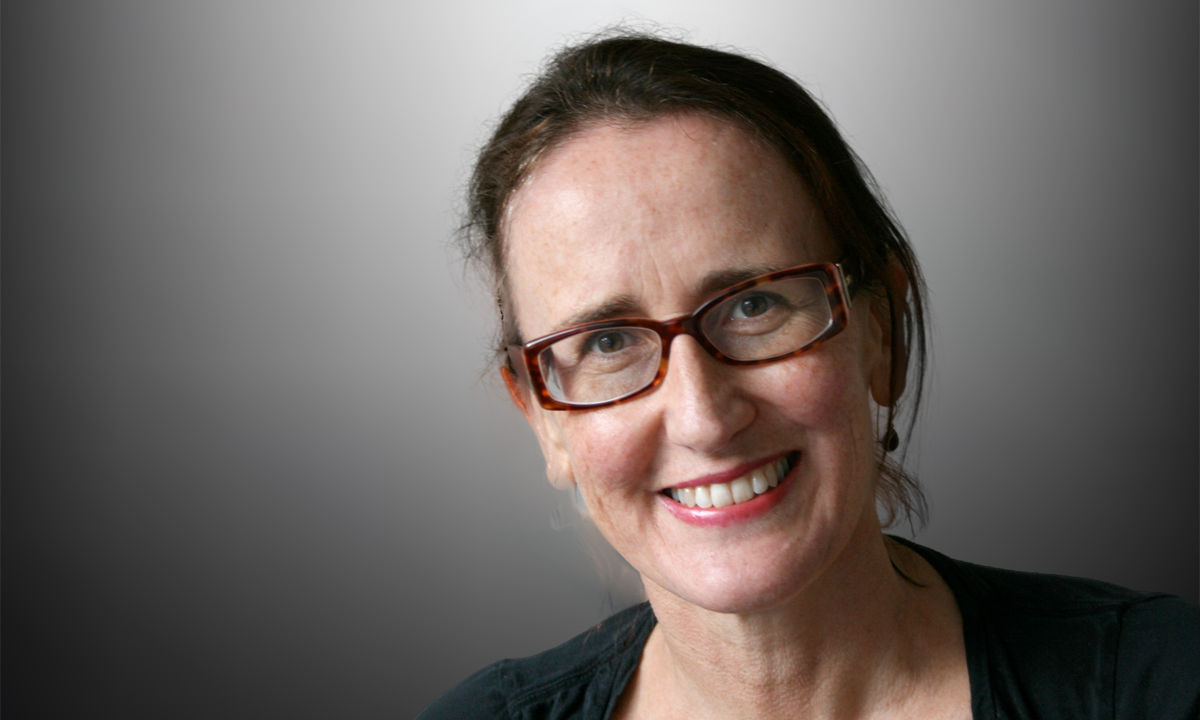VISITING Queensland’s Palm Island in 2016, I chatted to a middle-aged local outside the supermarket.
He opened the conversation with: “Do you ever stop handing money over to your kids?”, then went on to entertain me with tales about his extended family.
The stories were often hilarious, but I was struck by how many of them drew their comic spark from the experience of chronic illness: hospital mix-ups, the brother, with both legs amputated due to diabetes, whose wheelchair got away …
Palm Island is by no means the only Indigenous community where chronic disease is a highly visible part of everyday life.
Research published in the MJA confirms chronic illness as the major barrier to improving Indigenous life expectancy.
Life expectancy for Northern Territory Aboriginal people has improved over the past 50 years, this research shows: from 52.3 years in 1967 to 63.6 years in 2012 for men, and from 53.7 years to 68.4 years for women over the same period.
But, as life expectancy for non-Indigenous Australians has also improved over the same period, that doesn’t necessarily mean greater equality.
In 1967, the life expectancy gap between Northern Territory Aboriginal and non-Aboriginal people was found to be just over 15 years for men and more than 20 years for women.
By 2012, the gap for men had actually widened by one year, while for women it had narrowed by 4.6 years, making it around 16 years for both sexes.
National figures seem slightly less devastating. The Australian Institute of Health and Welfare estimated the life expectancy gap between Indigenous and non-Indigenous Australians to be around 10 years in 2010–12 (69.1 years compared with 79.7 years for men; 73.7 years compared with 83.1 years for women).
The research results indicate that the improvements in Aboriginal life expectancy are largely due to the huge gains made in infant and child mortality over the last half-century.
Sadly, the chronic illnesses that afflict so many Aboriginal people in adulthood have proved more intractable.
“During 1967–2012, the predominant causes of death of Aboriginal people shifted from maternal, perinatal and infectious diseases to chronic diseases,” write the researchers from Charles Darwin University and the Northern Territory Department of Health.
“A transition in nutrition from childhood malnourishment and stunting to overeating (often of food high in calories but of poor nutritional quality) is likely to have contributed to the increased prevalence of chronic diseases.”
But perhaps an even bigger factor is socio-economic disadvantage, which these authors suggest may be responsible for as much as half of the life expectancy gap.
If ever there was a multifactorial problem, it’s this one.
Socio-economic disadvantage, health workforce shortages in remote areas, poor quality food options in community shops, historical failures to involve Aboriginal people in the decision-making process … the list goes on.
But these researchers offer some tentative hope that gains can be made through investment in primary care and the establishment of Aboriginal community-controlled health services.
Such an approach may even save money as well as lives. A recent cost-effectiveness study found that each dollar invested in primary care in remote communities could save $4–11 in hospital costs, as well as delivering benefits to patients.
A number of experts have questioned the centrality of life expectancy targets to the Closing the Gap initiative and other government policies, as I’ve written before.
It’s been argued that the goal of eliminating the life expectancy gap within 20 years was never going to be achievable and that it may actually divert attention away from more realistic short-term goals.
Setting unrealistic goals always runs the risk that people end up just throwing their arms up in despair.
That said, we can’t go on accepting a situation that sees so many Indigenous Australians die well before their time.
Jane McCredie is a Sydney-based health and science writer.
To find a doctor, or a job, to use GP Desktop and Doctors Health, book and track your CPD, and buy textbooks and guidelines, visit doctorportal.

 more_vert
more_vert